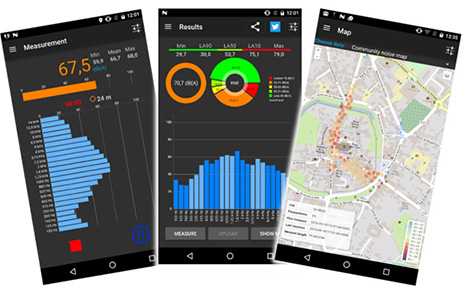Localize, analyze, then act. The principles of location intelligence must be integrated into a company’s procedures to optimize decision-making. But how do you implement such an approach in your organization?

Enter the key expression ‘location intelligence’ in your search engine. You’ll find a whole host of definitions, many of them contradictory. In my opinion, it is possible to explain the concept in a straightforward way by setting out its objectives: localize, analyze and then act. To put it another way, location intelligence uses the spatial coordinates (x and y) of data to get a better picture of events, situations or even systems. And the goal is to improve effectiveness and make better decisions.
It’s all a matter of size: how can you implement location intelligence within a company?
Location intelligence versus traditional BI
Ideally, in B2C companies in particular, there is an integrated source of information, the data warehouse. In the data warehouse, relevant data from various sources needed to run the company are collected together in a uniform format. Very often, this is a data set that describes business processes using key indicators such as turnover, profitability or even the performance of a geographical location.
So, can traditional business intelligence solutions create location intelligence? They can, of course, provide simple answers to the questions ‘who’, ‘what’ and ‘how many’, but they tend to overlook the ‘where’ a bit too easily!
However, ‘where’ is an element that makes it possible to make a better assessment of all key decision factors. If we look at a data warehouse more carefully, we discover that spatial data is very often available already, such as client addresses, branch locations, sales areas, targeted marketing areas, risk areas, infrastructures (roads, electricity networks, gas, public transportation, etc.) and rival companies. However, due to inadequate technology, map analysis and visualization are very poor in traditional business intelligence solutions. So, we needed to come up with another approach.
Selected data localization method
It all starts with geocoding. Every object (potential clients, existing clients, organizations, etc.) with a spatial reference will have one or more coordinates (x and y, for example) assigned in the database. This information will be available for display on a map linked to business analyses.
This geocoding can be done automatically in the data warehouse every time an address changes or a new one is added. Once this geographical information (the ‘where’) is known and the object located, it is possible, by simply intersecting the spatial information with the business information, for every object in the form of a point, line or surface to inherit attributes (such as product-related purchasing power, allocation by department, socio-demographic indicators, the attractiveness of a location, potential flood-risk areas, and performing and under-performing sectors).
The value and return on investment of a data set in a data warehouse are therefore boosted thanks to location intelligence! The data warehouse moves from being a ‘single source of truth’ to a mine of information contextualized in relation to a geographic reality. It’s a new order which companies can no longer do without.